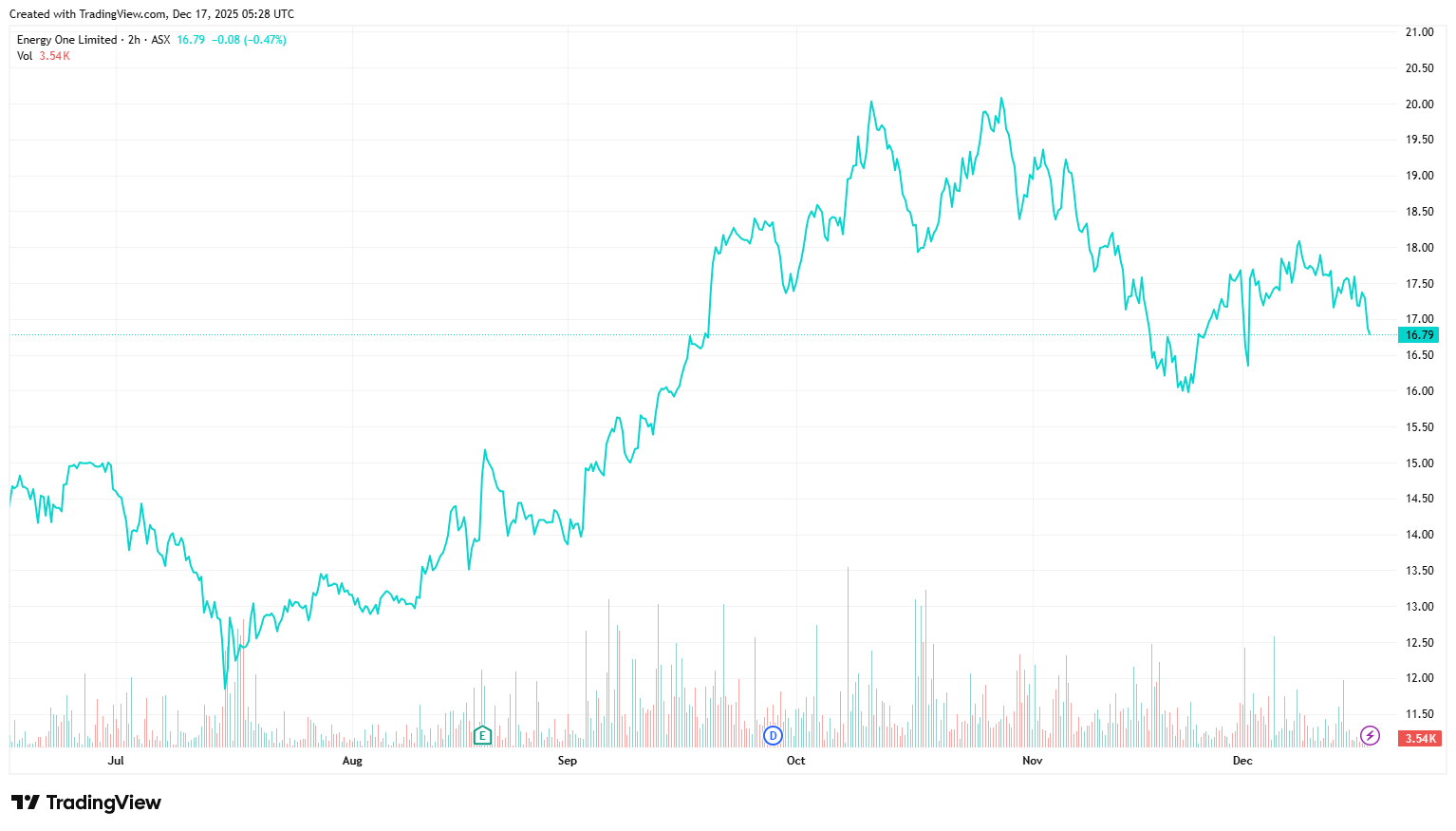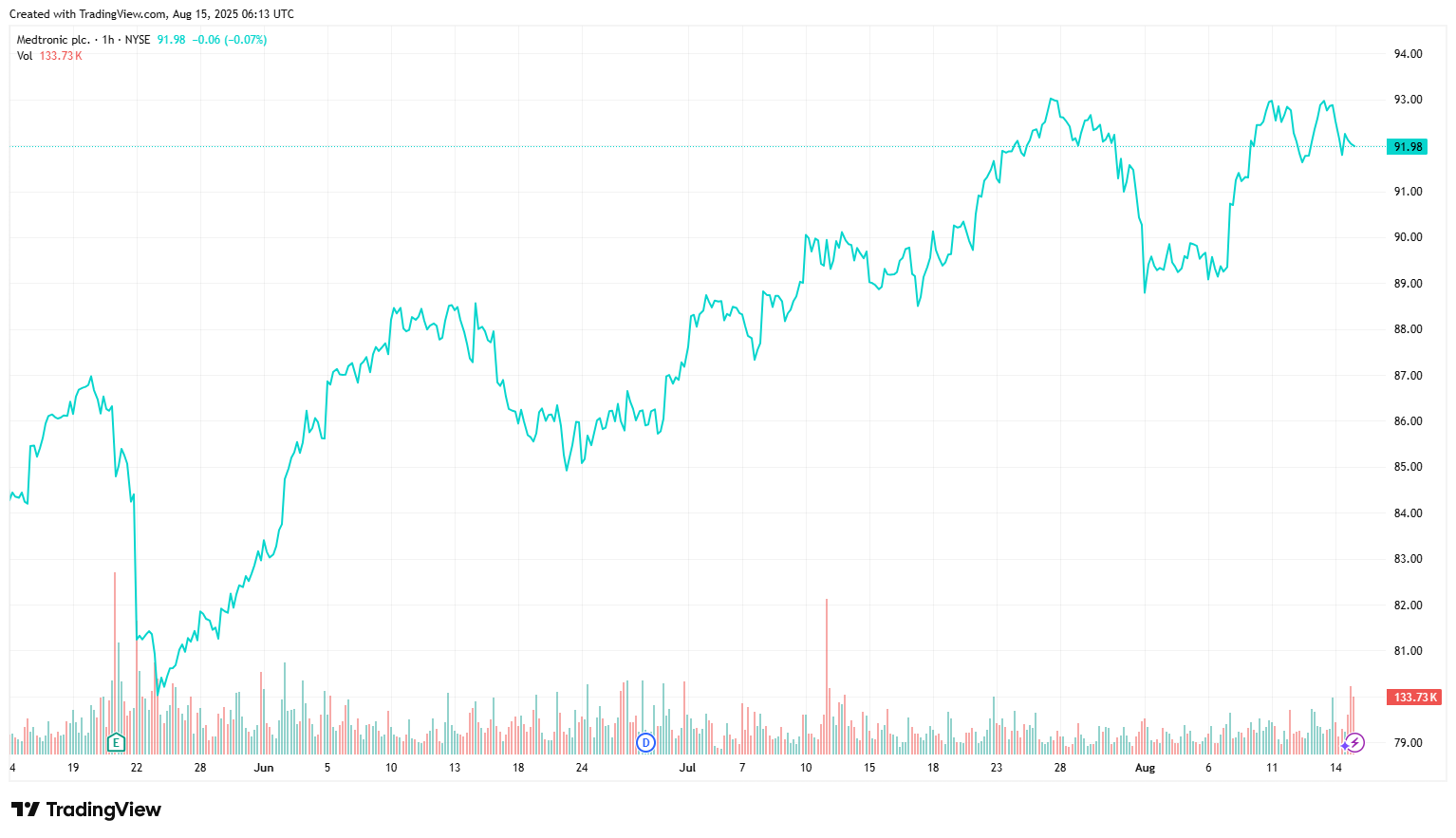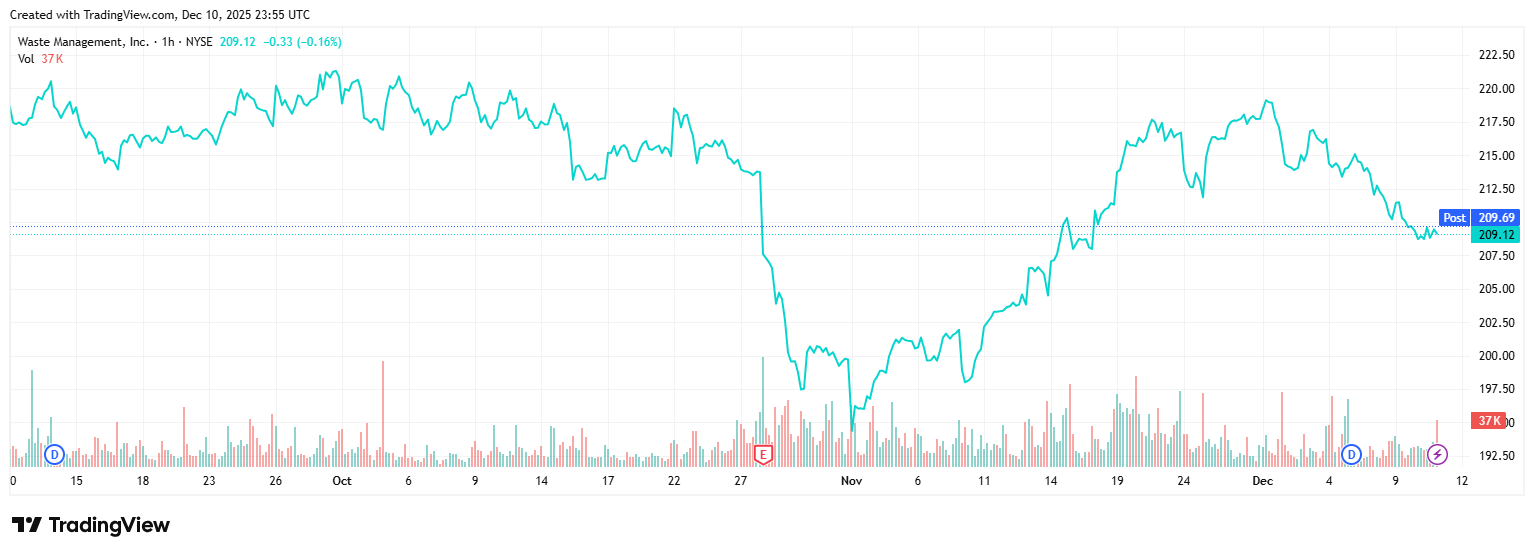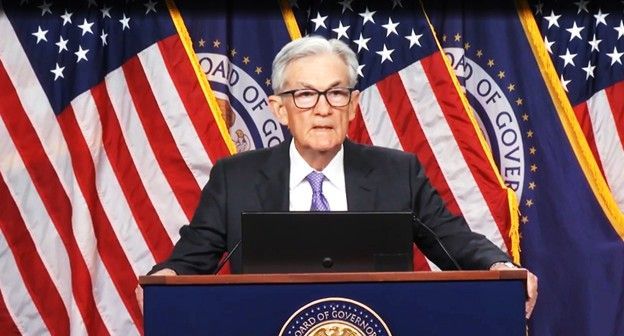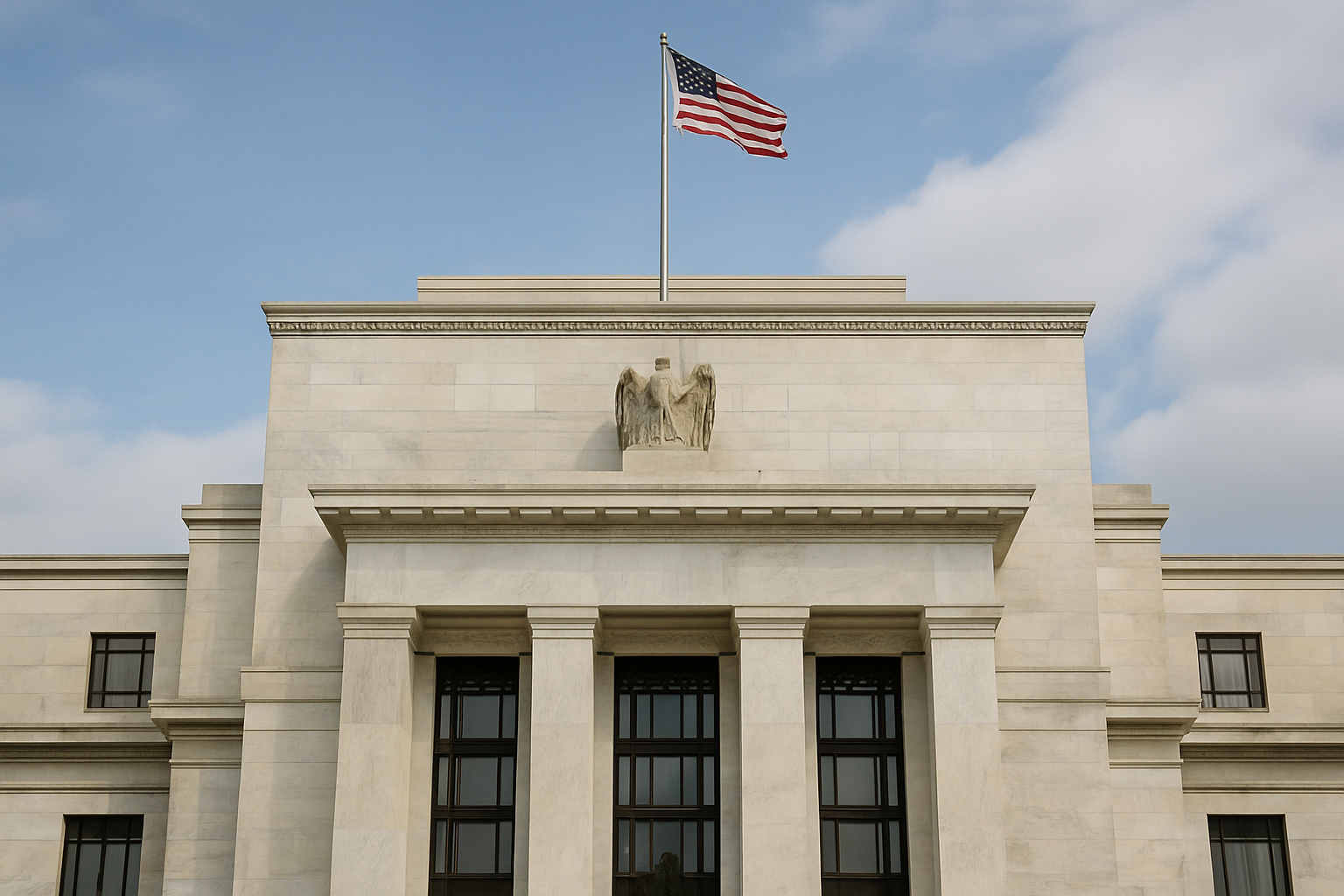The Situation with Brent Crude
Brent Crude is the benchmark used for the light oil market in Europe, Africa, and the Middle East, originating from oil fields in the North Sea between the Shetland Islands and Norway.
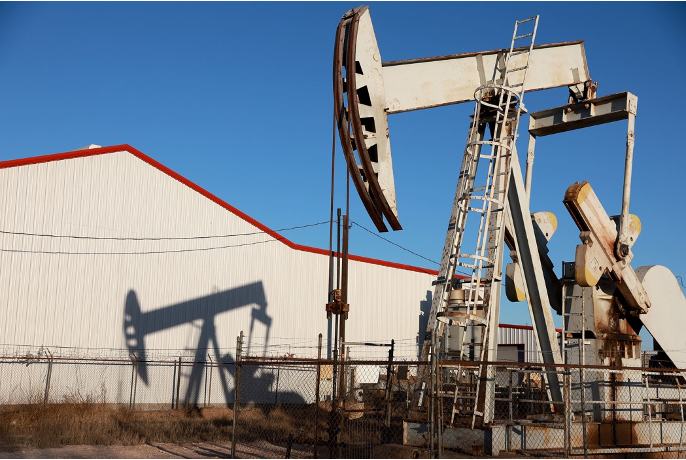
Brent Crude lost ground two weeks ago with a stronger USD, weaker Chinese equities, and bearish industrial metals. As of late, Brent Crude has developed a proclivity to be dragged down by overall bearish sentiment and spike higher thereafter.
This proclivity is in line with a fundamentally tight market that is clearly conscious of an imminent recession. Our previous article, "Have we reached the bottom?" explores the substantiation of the recession claim. Nevertheless, the fear regarding a recession is echoed in the trading of Brent Crude which is marked by selloffs occurring during periods of broad-based risk-off sentiment which is the followed by spikes at higher prices as the risk-off sentiment eases a bit. This behaviour is illustrated in the chart below and ultimately suggests that the crude oil market is tight.
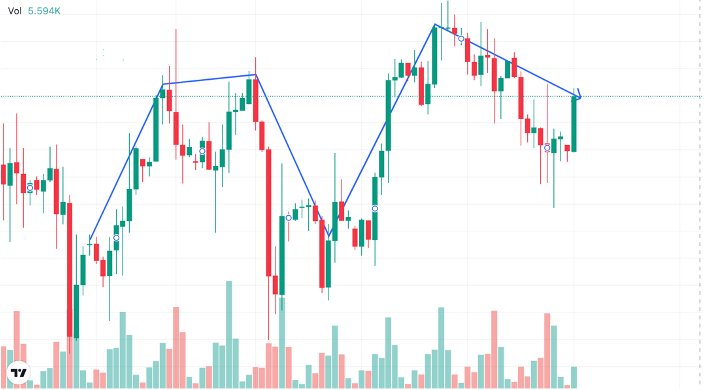
Notably, there is growing expectations that Brent Crude is heading to USD125/bl and will average USD115/b in Q1'23 and USD125/b in Q2'23 (Schieldrop, 2022).
Compounding recession fears is the fact that EU sanctions on Russian seaborne crude are drawing closer . Financial institutions in the EU will no longer be allowed to insure or provide financial services connected with seaborne Russian crude oil from 5 December onward (Schieldrop, 2022). EU insurance companies are dominant in global shipping with gross estimates that it accounts for 90% of global shipping insurance. While Russia could look for non-EU insurers, the fact of the matter is that many of the non-EU insurers rely upon the more dominant EU insurers. Ultimately, the risk of the ban is that it will lead to a sharp drop in Russian exports of seaborne crude oil.
Even though the EU financial ban enlivens on 5 December there have been fears that it will prevent Russian crude oil from flowing into the market thus leading to a huge spike in crude oil prices. To counter this risk, the G7 has proposed a "price cap" where consumers can purchase seaborne Russian crude and still get EU financial services needed for the purchase if they only pay a maximum capped price for the crude oil of USD60/b (Schieldrop, 2022). The idea is that Russian oil exports would keep flowing while depriving Russia of elevated oil export income. Notably, the lack of details associated with the "price cap" plan has led the market to adopt uncertainty and thereby reframe from ordering Russian seaborne crude for December.
The rapidly appreciating USD is now a direct threat to the affordability of crude oil for already-strained global energy consumers. To understand why an appreciating USD is detrimental to energy consumers it must be noted that (1) that oil (at least largely) is priced in USD and (2) there exists an inverse relationship between USD and the price of oil. As such, when the USD becomes stronger it becomes relatively more expensive to purchase oil.
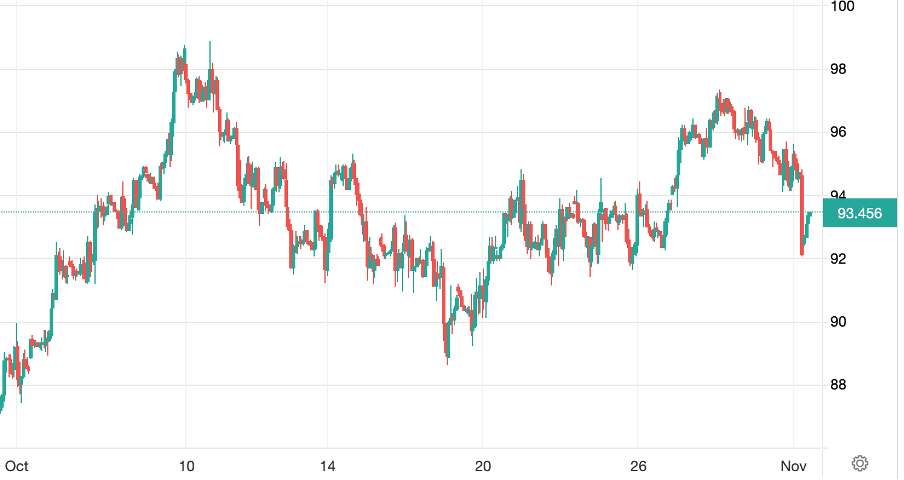
The current strength of the USD also reflects that we are operating in troubling market conditions. This is because the USD represents an acute safe-haven during a period of economic and political tumult. Accordingly, further proliferation of the view that a recession is imminent may cause investors to purchase the USD for its haven qualities. Simultaneously, it may cause the price oil to further increase and thereby additionally press energy consumers and those with predominant holdings in other currencies.
There exists a concurrent confluence of oil market strains: growing COVID-19 cases in China (which is curtailing expected demand), plunging inventories, and expected sanctions on Russia, and hovering fears of recession are contributing to this tight market. This view has been reinforced through price behaviour which sell-offs at daily highs only to buyback at its newfound low which evidences the inherent uncertainty of the market.
These factors, inter alia, are acting to fundamentally weaken investor confidence in the stability of the oil market. Uncertainty and hesitation is concomitant in the Brent Crude market especially as investors anticipate how the 5 December sanctions on Russia will play out, and whether COVID-19 will be effectively mitigated within China. Investors ought to be aware of the possibilities that may exist in this volatile and unpredictable market.
To keep up with the latest finance, tech, crypto and geopolitical news, subscribe to our mailing list.
[Disclaimer: The material across our site is provided for informative purposes only and does not contain investment advice.]
Subscribe to our newsletter
Disclaimer: This article does not constitute financial advice nor a recommendation to invest in the securities listed. The information presented is intended to be of a factual nature only. Past performance is not a reliable indicator of future performance. As always, do your own research and consider seeking financial, legal and taxation advice before investing.
